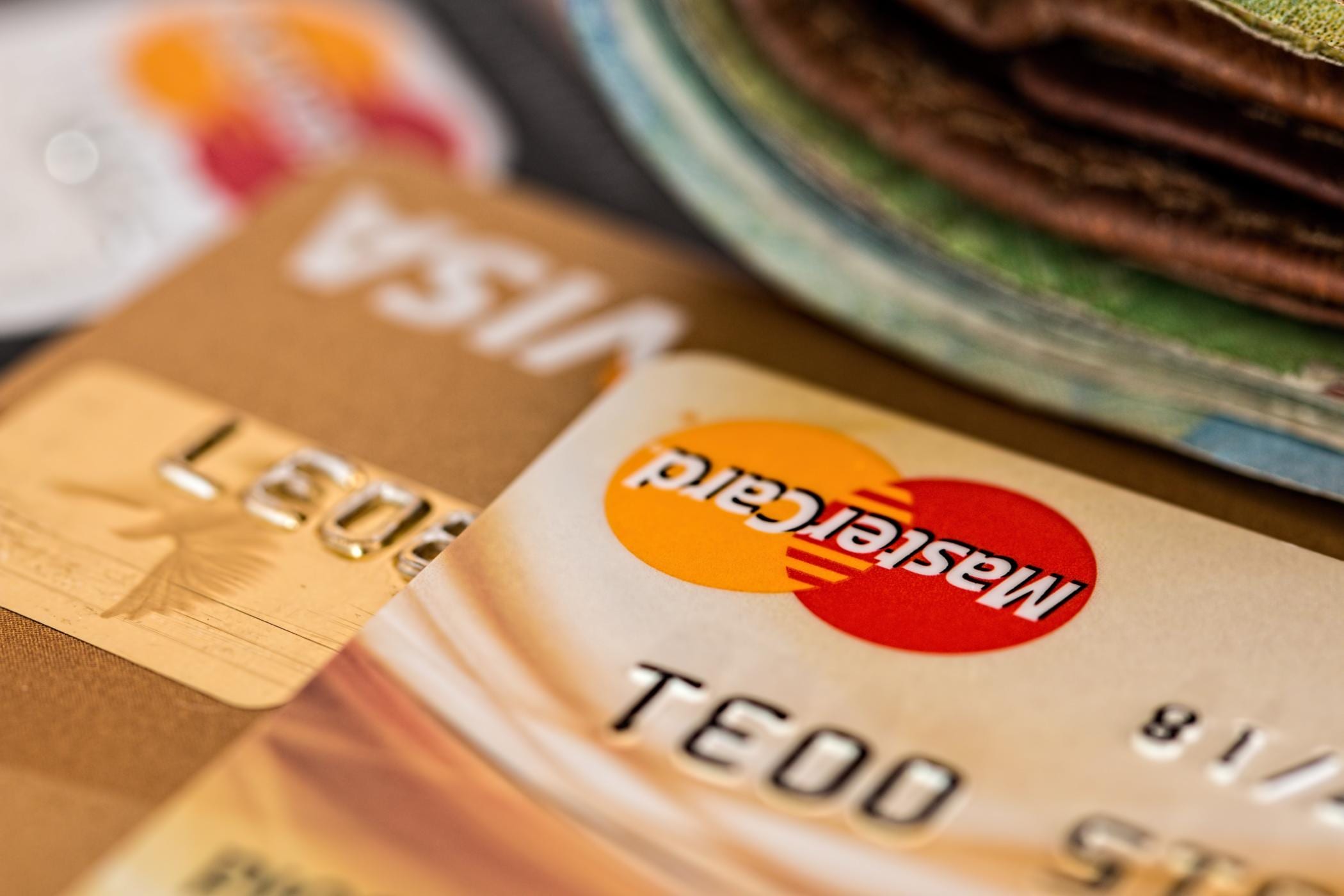Most Important Payment Processing Features for Ecommerce
For the eCommerce sector in India, COD was the most preferable method just a few months back, but thanks to the digital India initiative and the current pandemic, customers are preferring ‘handsfree’ methods to pay for goods and services.
Online payment processing has been proved a cost-efficient way and it reduces risk, overhead costs, and increases customer satisfaction.
But to achieve all these, you have to check if your payment processing solution comprises what can be called ‘most important features’.
Let’s list these features one by one,
First and foremost when the customer is willing to pay via online methods, one of the most important things to consider is security.
After all the customer is willing to share some of the personal and bank details for the payment it is only fair that there are security concerns.
One cannot stress enough the importance of security, safety, and the trust of the customer when it comes to accepting online payments.
Customers need to know that their data is safe and secure. The government and RBI have issued some norms and guidelines regarding the security of online payment acceptance. One such standard is PCI-DSS.
PCI DSS or ‘Payment Card Industry Data Security Standard’ is a set of operational and technical guidelines for accepting and processing online transactions.
Payment processors that are in compliance with PCI DSS standards ensure all of the customer’s details are safe and secure while in transit.
Payment methods – When it comes to digital payments, many customers have their preferred  methods for payment. Many of them prefer card payments, some may prefer digital wallets, etc. so, if a customer is on the checkout page and doesn’t see the preferred payment option, he/she may just move on to the next webshop. After all, this is one of the main reasons for cart abandonment. But this problem is somewhat twofold.
methods for payment. Many of them prefer card payments, some may prefer digital wallets, etc. so, if a customer is on the checkout page and doesn’t see the preferred payment option, he/she may just move on to the next webshop. After all, this is one of the main reasons for cart abandonment. But this problem is somewhat twofold.
On the offside, if your checkout page contains lots of payment options, customers may get confused and end up abandoning the cart.
So, the takeaway here is you never know the exact number of payment methods you need to integrate on your checkout page. But the risk of cart abandonment may reduce by integrating some payment methods after doing a thorough customer analysis and research on current trends.
Some of the basic and most preferred payment methods are, internet banking (if all else fails!), credit, debit cards (old is gold), mobile wallets, UPI, etc.
The next important feature is website integration. A seamless, comfortable start-to-end experience always appeals to the customer.
From the moment a customer clicks or goes on your website, app, or webshop, as a merchant you have to make sure that the customer can guide his way through the entire purchase cycle easily and comfortably.
Though important, customer satisfaction is not the only aspect when it comes to website integration. It can be beneficial to merchants as well.
payment processing integrated with a website means instant and real-time payments. Customers, as well as merchants, get instant replies and alerts on payment processing, credit, and debit which saves time for merchants.
The website integrated with payment processing also minimizes hands-on processing and human error as there is no need for staff or employees to interfere or be a part of online payment processing.
The most important aspect of this is by allowing customers to pay online without any redirection makes you more reliable, readily available for customers.
This can increase revenue and make your business more credible.
Checkout – Speaking of website integration, the payment processing service page often comes after the checkout page.
While you are focusing on making the browsing and payment experience more comfortable, you should not overlook your checkout page or shopping cart page.
There are a couple of things you should implement while designing this page. There should be clear guidelines for the customer as to what to do next.
A checkout page should be user-friendly and as readable as possible.
Everything customer needs to know before initiating payment like payment details, product details, delivery details, etc, should be in clear viewing.
The checkout page should ask only the required information and minimum at that from the customer to avoid the tedious procedure.



